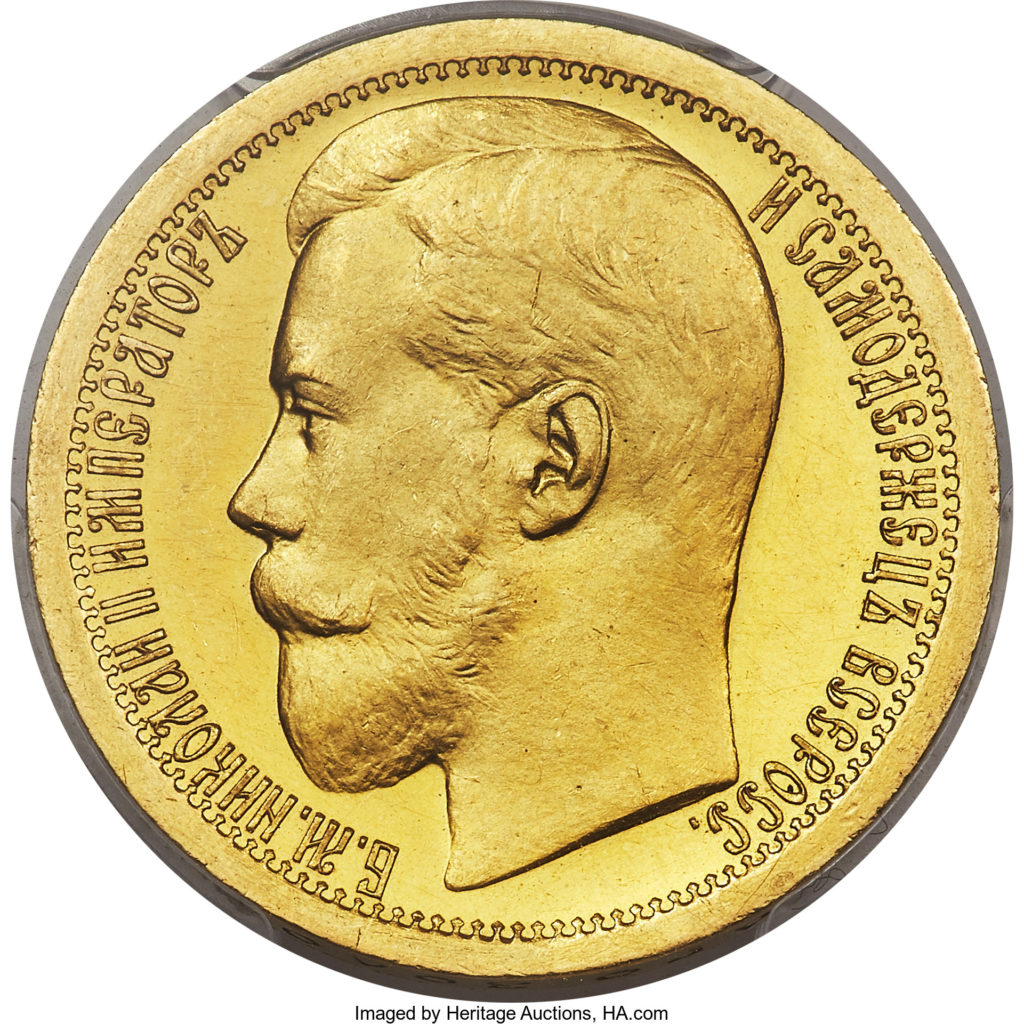
By Jim O’Neal
In the 21st century, the United States-Russian Federation relationship has become more contentious and complex. The deterioration accelerated during the second Obama term following disagreements over the Ukraine and the reabsorption of Crimea in 2014 after Secretary of State Hillary Clinton was unable to hit the reset button. The U.S. presidential election of 2016 ended with reports of Russian interference and has steadily morphed into a major issue covered obsessively by the media.
Formal investigations include both Houses of Congress, the FBI-Justice Department and a Special Prosecutor who is delving into possible obstruction and conspiracy activities, plus an unknown series of related crimes. It has become a “cottage industry” that is either really big (e.g. subpoenas, indictments and impeachment) or simply another partisan distraction.
For perspective, it is useful to recall that difficulties involving Russia are not a recent or even a 20th-century phenomenon. They started well before we became an independent nation and continued until we jointly became the world’s two superpowers. From 1732 to 1867, there were a number of squabbles with Tsarist Russia that stretched from the Bay Area in Northern California up the Pacific Coast to Alaska.
Like other European nations, Russia was interested in expanding through a strategy of colonization. They had become powerful under Peter the Great (1672-1725), who needed to develop new territories with fur-bearing mammals after over-hunting depleted the stocks in Siberia. He dispatched cartographer Vitus Bering to explore Alaska, and the first permanent settlement was a fur-trading settlement in 1784. This was followed by the Russian-American Company (RAC), formed in an attempt to monopolize the fur trade and convert Alaskan natives to pseudo-Russian subjects to help with maritime fur trading.
They migrated to the pristine Northern California Pacific Ocean area and in 1812 were able to establish an outpost called Fort Ross. Fort Ross lasted until 1841 and is now a California Historical Landmark an hour’s drive north of the bustling San Francisco Bay. However, the Russians were never able to make North America profitable and Secretary of State William Seward negotiated the purchase of Alaska for $7.2 million in 1867. Originally scoffed at as “Seward’s Folly,” the territory was admitted as the 49th state on Jan. 3, 1959.
At two cents an acre, the state’s 663,268 square miles was larger than the combined areas of Texas, California and Montana. Along with the Louisiana Purchase, it became one of the better land deals the United States made, excluding, of course, areas where we simply overpowered American Indians and took their land and anything else that was unoccupied.
Although we were allies with Russia during World War II, post-war Germany was up for grabs and Berlin became the next area of contention. It was decided to divide it with the United States, the United Kingdom and France taking three parts (West) and Russia taking the remainder (East) in 1945. In 1952, Russia closed the border and in 1961, they built the Berlin Wall to hinder defections to the West. It was here that President Reagan made his famous speech in 1987 … “Secretary General Gorbachev … tear down this wall,” and it did fall on Nov. 9, 1989, and Germany was officially reunited on Oct. 3, 1990. By then, George Herbert Walker Bush was president.
Oh, yes, Reagan’s speech was made on June 12 … while President Bush was celebrating his 63rd birthday. Happy Birthday, President Bush! We miss you. Get well soon.
 Intelligent Collector blogger JIM O’NEAL is an avid collector and history buff. He is president and CEO of Frito-Lay International [retired] and earlier served as chair and CEO of PepsiCo Restaurants International [KFC Pizza Hut and Taco Bell].
Intelligent Collector blogger JIM O’NEAL is an avid collector and history buff. He is president and CEO of Frito-Lay International [retired] and earlier served as chair and CEO of PepsiCo Restaurants International [KFC Pizza Hut and Taco Bell].
